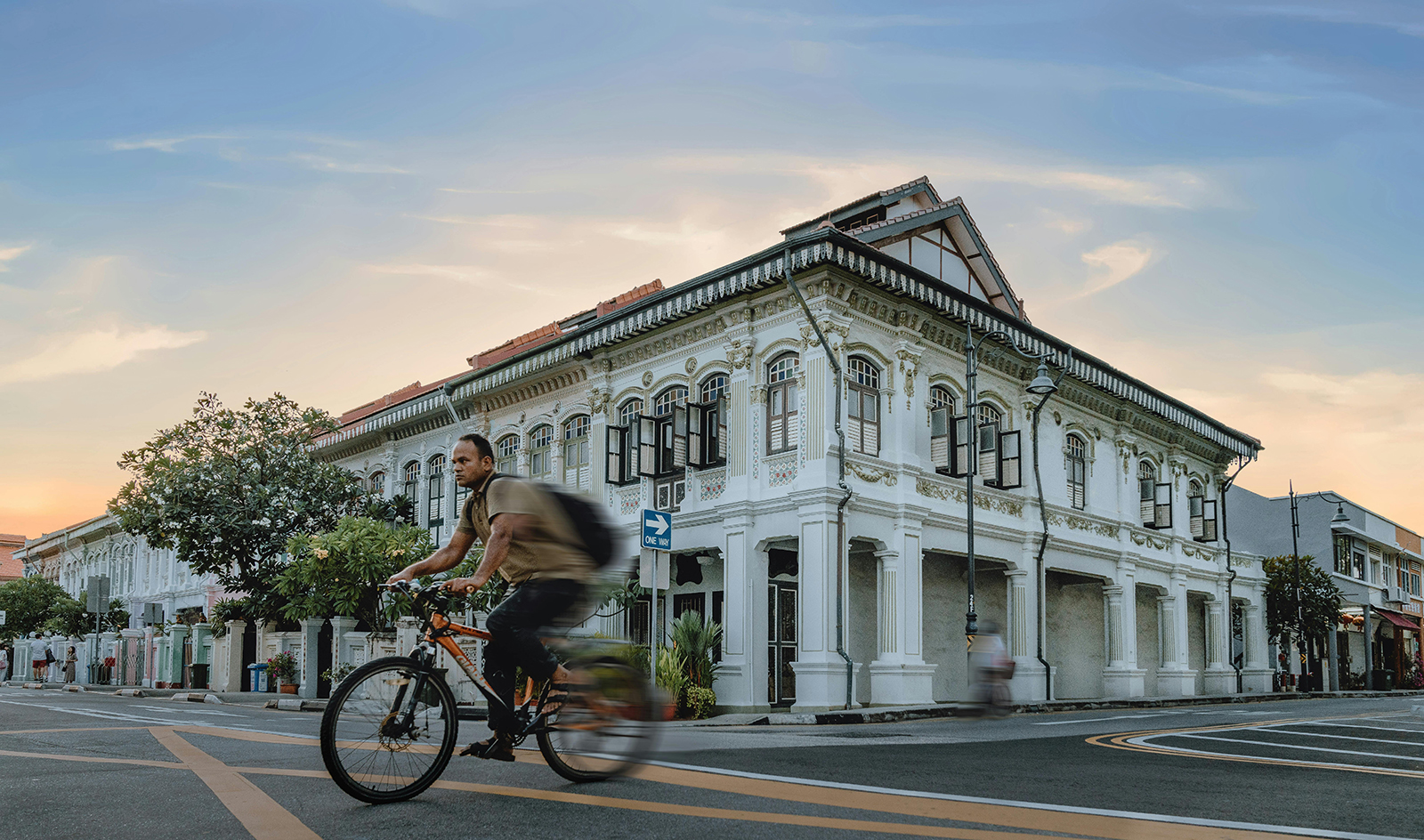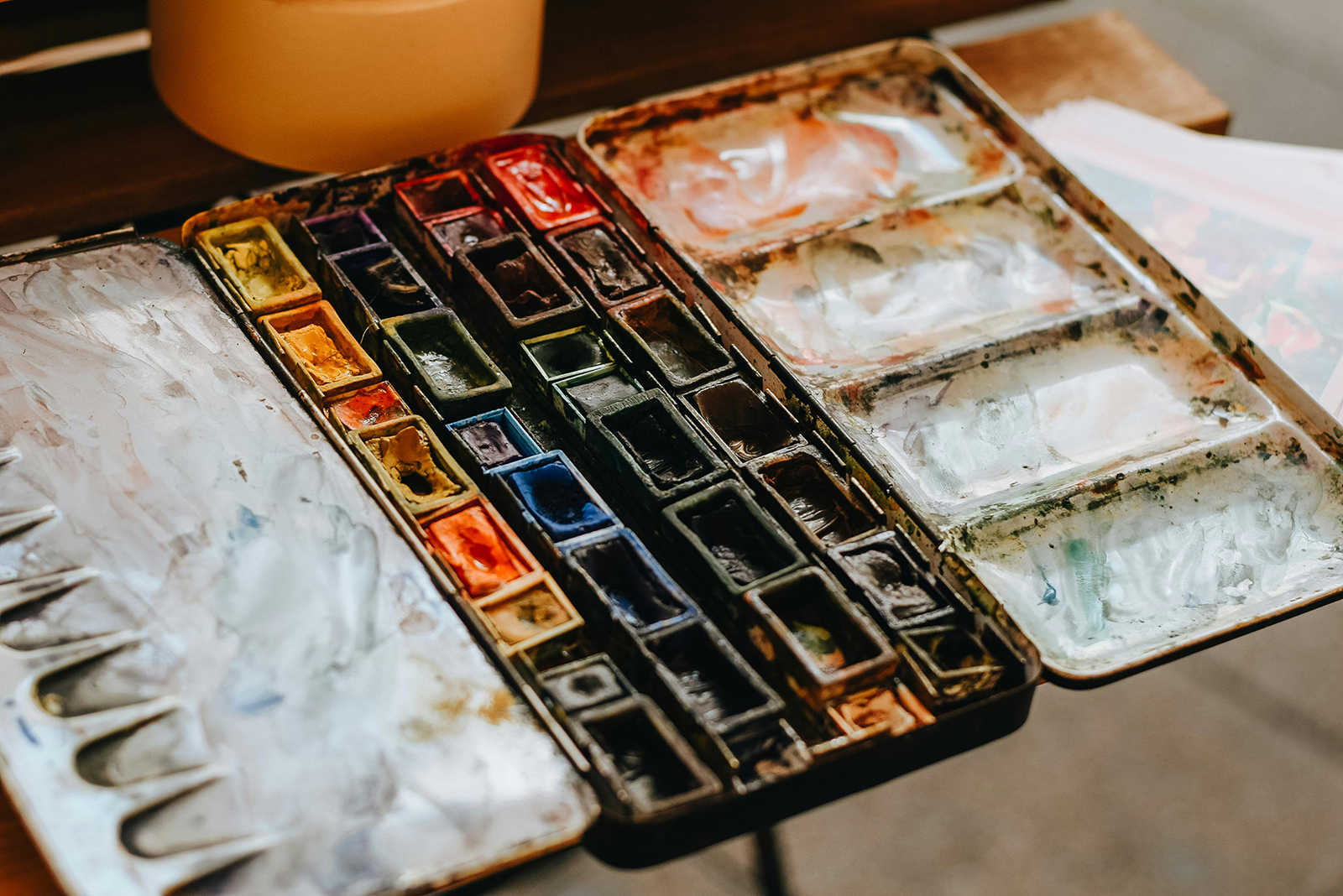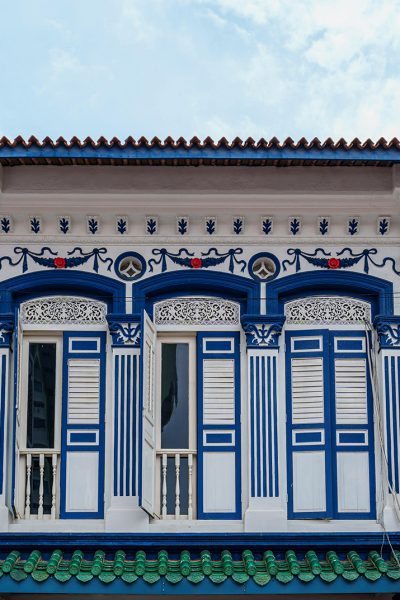Singapore shophouses are more than just architectural structures—they are living pieces of history, cultural landmarks, and artistic treasures. These iconic buildings, with their intricate facades and rich heritage, have long captivated artists and photographers. For watercolor painters, shophouses offer an endless source of inspiration, blending vibrant colors, nostalgic charm, and intricate details. But what makes them so unique, and why should someone consider starting a watercolor painting collection centered around them?
Architectural Beauty and Diversity
Singapore’s shophouses are a blend of various architectural styles, influenced by Chinese, Malay, European, and Peranakan traditions. Built between the early 19th and mid-20th centuries, they typically feature a narrow yet deep layout, ornate facades, and colorful tiles. Each shophouse tells a different story, with motifs that include floral patterns, geometric designs, and mythological creatures. Their pastel hues and striking contrasts make them a perfect subject for watercolor painting, a medium known for its ability to capture light, texture, and mood.
Different districts in Singapore showcase distinct shophouse styles. For instance, the elegant and colorful Peranakan-style shophouses in Katong feature intricate ceramic tiles and louvered wooden shutters, while the Chinatown and Kampong Glam areas boast more minimalist designs with colonial influences. This variety provides endless opportunities for artists to explore different compositions, color palettes, and techniques.
A Connection to Singapore’s Heritage
Beyond their beauty, shophouses hold deep historical and cultural significance. These structures were originally designed as both residences and business premises, symbolizing the entrepreneurial spirit of early immigrants. Over the decades, they have housed everything from family-run provision shops to tea houses, opium dens, and tailor shops. Today, many have been restored and repurposed into trendy cafés, boutique hotels, and heritage museums.

For artists and collectors, painting these shophouses is a way to preserve history and celebrate Singapore’s rich cultural tapestry. Each brushstroke can bring to life the bustling streets of the past, the stories of merchants and families, and the evolution of Singapore from a trading hub to a modern metropolis.
Why Watercolor?
Watercolor is an ideal medium for capturing the essence of shophouses. The transparency and fluidity of watercolor allow for the creation of soft yet vibrant hues that reflect the tropical sunlight dancing off the buildings. The unpredictability of watercolors also mirrors the organic aging process of these historical structures—the peeling paint, weathered wood, and textured walls are all beautifully conveyed through layered washes and delicate brushwork.

For collectors, a watercolor series on Singapore shophouses is not just an investment in art but a tangible connection to the country’s architectural heritage. Each piece can evoke a sense of nostalgia, appreciation, and pride in Singapore’s unique urban landscape.
Starting a Collection
Whether you’re an artist looking to explore this theme or a collector seeking meaningful artwork, a watercolor collection of Singapore shophouses is both visually stunning and culturally significant. Each painting serves as a timeless reminder of Singapore’s past while celebrating its artistic potential. As shophouses continue to evolve, preserving their essence through art ensures that future generations can appreciate their beauty and history.


